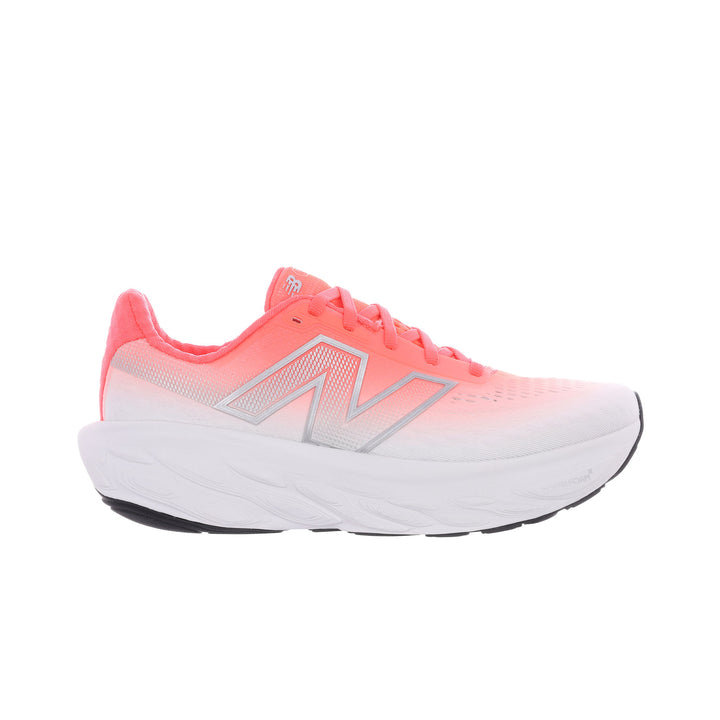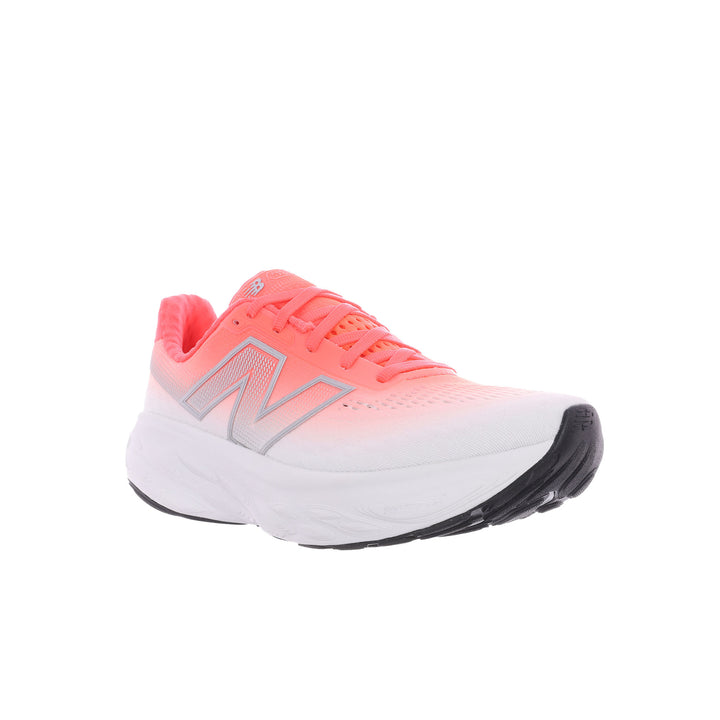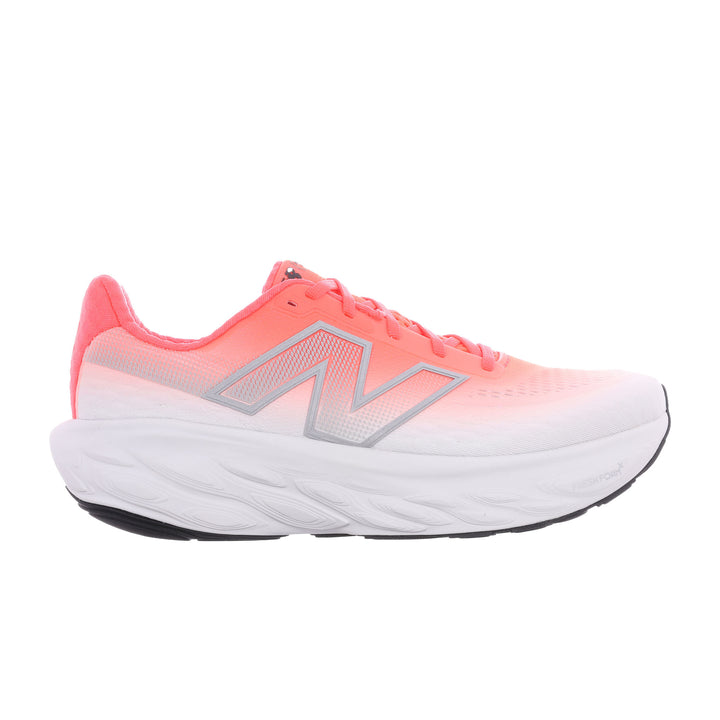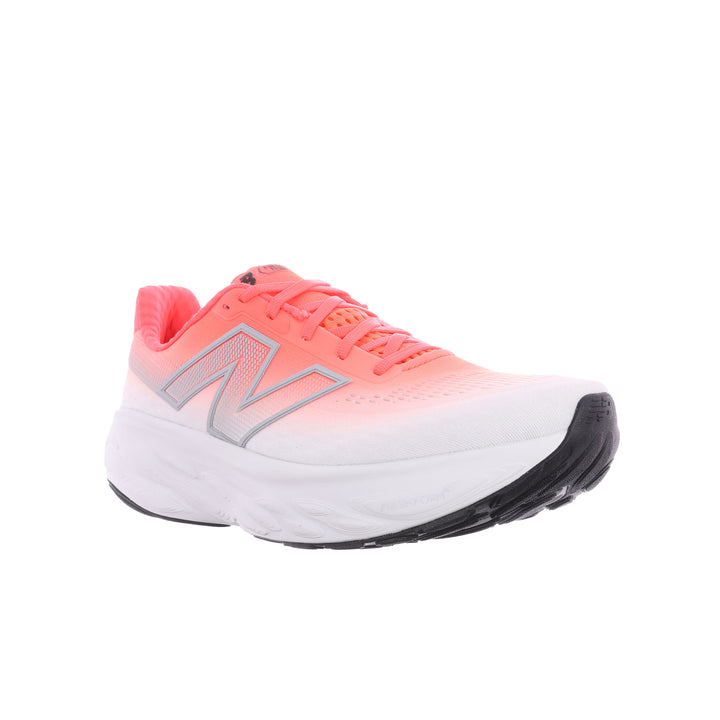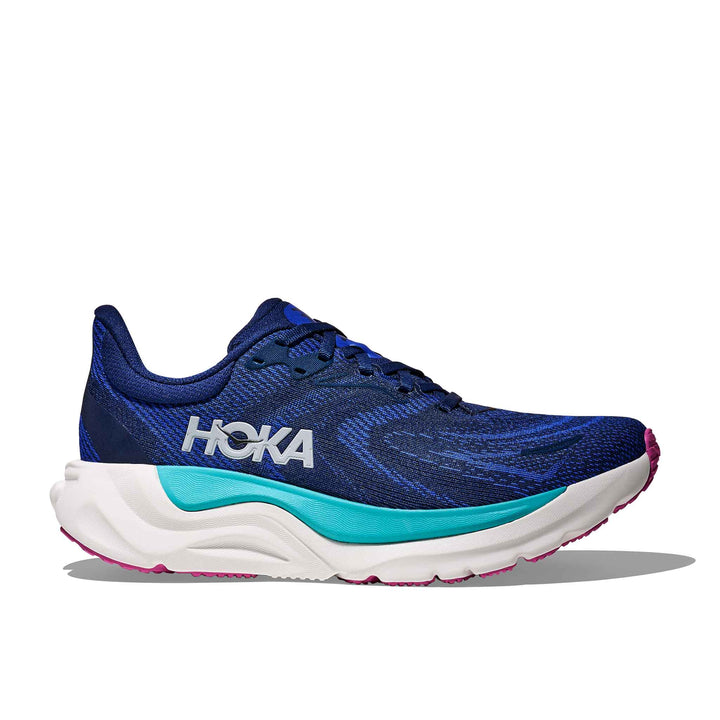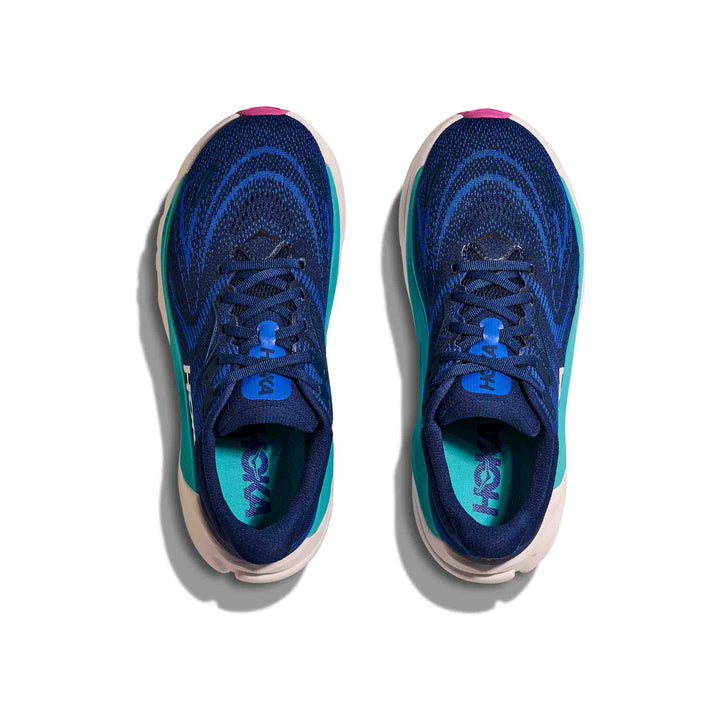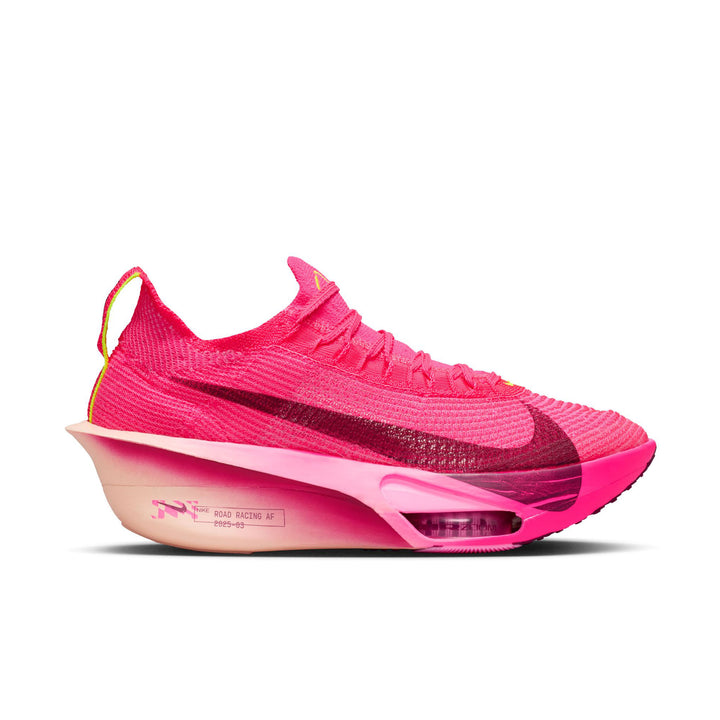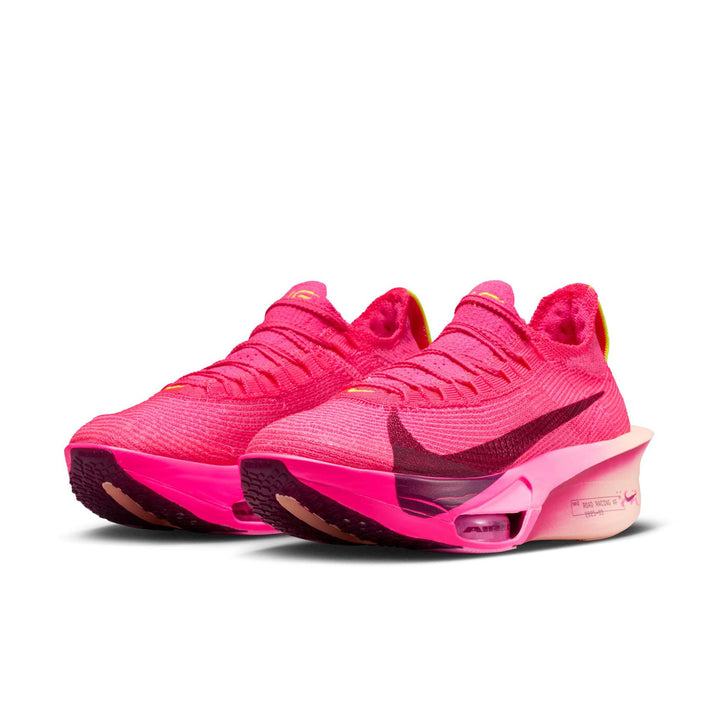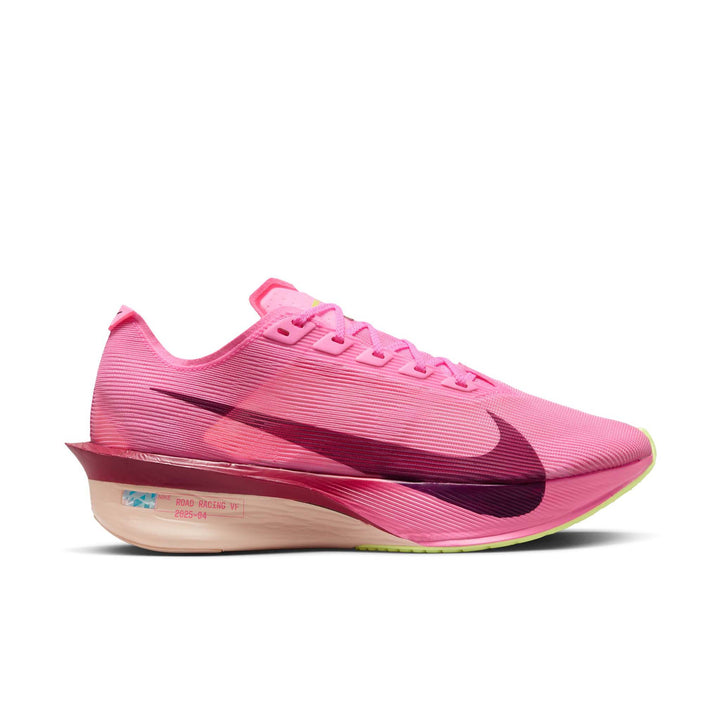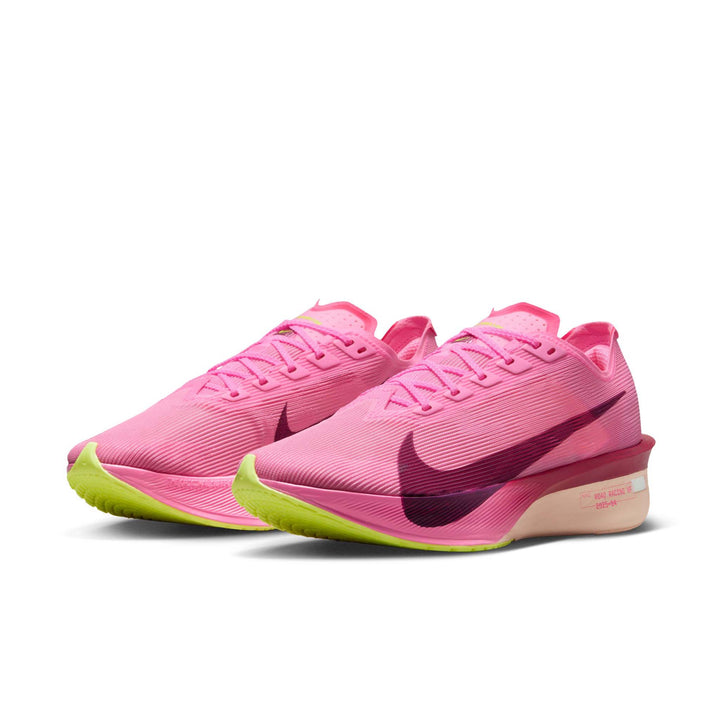How do you pick the right running shoes? It can be a daunting task with so many options available. Our short guide to the different types of running shoes is designed to help you narrow down your search to the styles of running shoes that may be best for you.
If you are running on the road or a treadmill, we would always recommend road running shoes. That’s because these are specifically designed to help you overcome the repetitive nature of running on a consistent surface. Furthermore, there’s an extensive range of cushioning options, so that you can choose the running experience that matches your aspirations. We categorise our road running shoes under three experience categories, which reflects the type of cushioning on offer: The Float Experience, The Connected Experience and the Enhanced Energy Experience.
This means you can match your running shoes with your anticipated effort level and how you want to feel. For example, soft running shoes such as the Brooks Glycerin or HOKA Clifton, will feel best at slower to steady paces. If you’re looking to run at steadier paces, and get a little bit more propulsion, more responsive models such as the Nike Air Zoom Pegasus and On Cloudstratus should feel great. If you’re aiming for a faster time at an event, or want to improve your running pace, you may be interested in carbon fibre plated running shoes, such as the Nike ZoomX Vaporfly. Superfoams - combined with carbon fibre plates - are designed to improve your running economy and should get you from the start to the finish faster.
Many runners are unsure about what the differences are between neutral and stability running shoes. While you may hear comments suggesting neutral running shoes have no support, this is very rarely true. The vast majority of neutral running shoes offer a degree of support that helps reduce the stress which goes through joints and muscles, while also lessening the impact of rotational forces on your legs. The difference between neutral running shoes and stability running shoes is that stability models have additional support built in to them. This may be in the form of a denser foam added to the midsole, or a guide rail that runs along the top of the midsole. Irrespective of the design, stability running shoes are designed to reduce greater ranges of pronation and slow down the speed of leg rotation to a greater degree than neutral options.
With nearly 20 years of experience matching shoes to runners, we know that having the right level of cushioning and support in your running shoes is key to having the best running experience. This also means that different running shoes may feel better on certain days. For example, what feels good on a longer steady paced run, may not feel great when you’re trying to run at faster paces. If you’re trying to improve your performance, and are incorporating different types of runs in your weekly plan, rotating between more than one pair may be beneficial.
Trail running shoes can be the perfect tool to help you discover the physiological and psychological benefits of running off-road. Some of the shoes in this category, such as the Nike Pegasus Trail, feature attributes that result in them being referred to as hybrid running shoes or door-to-trail running shoes. To explain further, they provide the same or almost identical levels of cushioning as some road shoes, but have extra grip on the outsole. Meaning they’re cushioned enough for running on hard sections of road, while also grippy enough to run on trails. If you are venturing straight onto trails, you’ll probably want to look at dedicated trail running shoes. These typically feature 3-5mm lugs for extra grip, rock plates for protection from sharp objects and increased lateral support features to reduce the likelihood of you going over your ankle. The popular Saucony Peregrine is a perfect example. Should you decide to tackle the summit of a hill, trail running shoes with deep lugs is our recommendation. As this type of outsole provides maximum traction on steep slopes. inov-8’s X-Talon has almost legendary status amongst dedicated hill runners.
If you’re running cross-country races and need cross country running shoes, there’s more than one option. As cross-country courses are held over the winter months on predominantly soft ground, extra grip is usually required to get round. While many runners opt for a dedicated cross country running spike, grippy trail running shoes are used by some. Despite an effort from organisers to minimise the amount of hard surfaces in cross-country events, some harder path sections can make up part of the course. A trail running shoe with pronounced rubber lugs may be the more suitable option on this type of course. Please note that cross country running spikes are different to track running spikes and are better equipped to cope with the demands of cross-country races.
When it comes to training and competing on the track, be it running or field events, we recommend wearing track running spikes. The main differences between track running spikes is how much cushioning is on offer and how aggressively angled the midsole is. If you’re wondering how to choose, let us explain. Sprint events, such as the 100 and 200 metres, require maximum speed. Sprinting spikes have rigid midsoles, so that maximum energy can be transferred to the ground. They also have angled midsoles to help keep a runner on their toes. As a general rule, as running track events get longer in distance, the need for more cushioning increases. This is down to the fact that muscles and tendons are more susceptible to being overloaded. Track running spikes, such as the Nike Dragonfly, even include the groundbreaking Nike ZoomX superfoam. Allround or multi-track running spikes are best for field events, such as the long jump or high jump.
 Make 3 interest-free payments.
Make 3 interest-free payments. 




